Nursing Care Plan: Scenario-Based Diabetes Mellitus Patient
VerifiedAdded on 2023/02/01
|5
|1001
|84
Practical Assignment
AI Summary
This assignment presents a nursing care plan for a patient diagnosed with diabetes mellitus. It begins with an overview of the condition and identifies key symptoms. The core of the assignment involves articulating and prioritizing two nursing diagnoses: difficulty in breathing and impaired skin integrity. For each diagnosis, the student outlines specific goals, related actions, and the rationale behind these actions, along with methods to evaluate the outcomes. The assignment provides detailed plans, including actions like deep breathing exercises and maintaining skin hygiene to improve the patient's condition. A reflection section summarizes the learning experience, emphasizing the importance of integrating objective and subjective data in developing a comprehensive nursing care plan. The student references several academic sources to support the plan's evidence-based approach. The assignment focuses on the practical application of nursing principles in a simulated clinical setting, offering valuable insights into patient care for individuals with diabetes.
1 out of 5
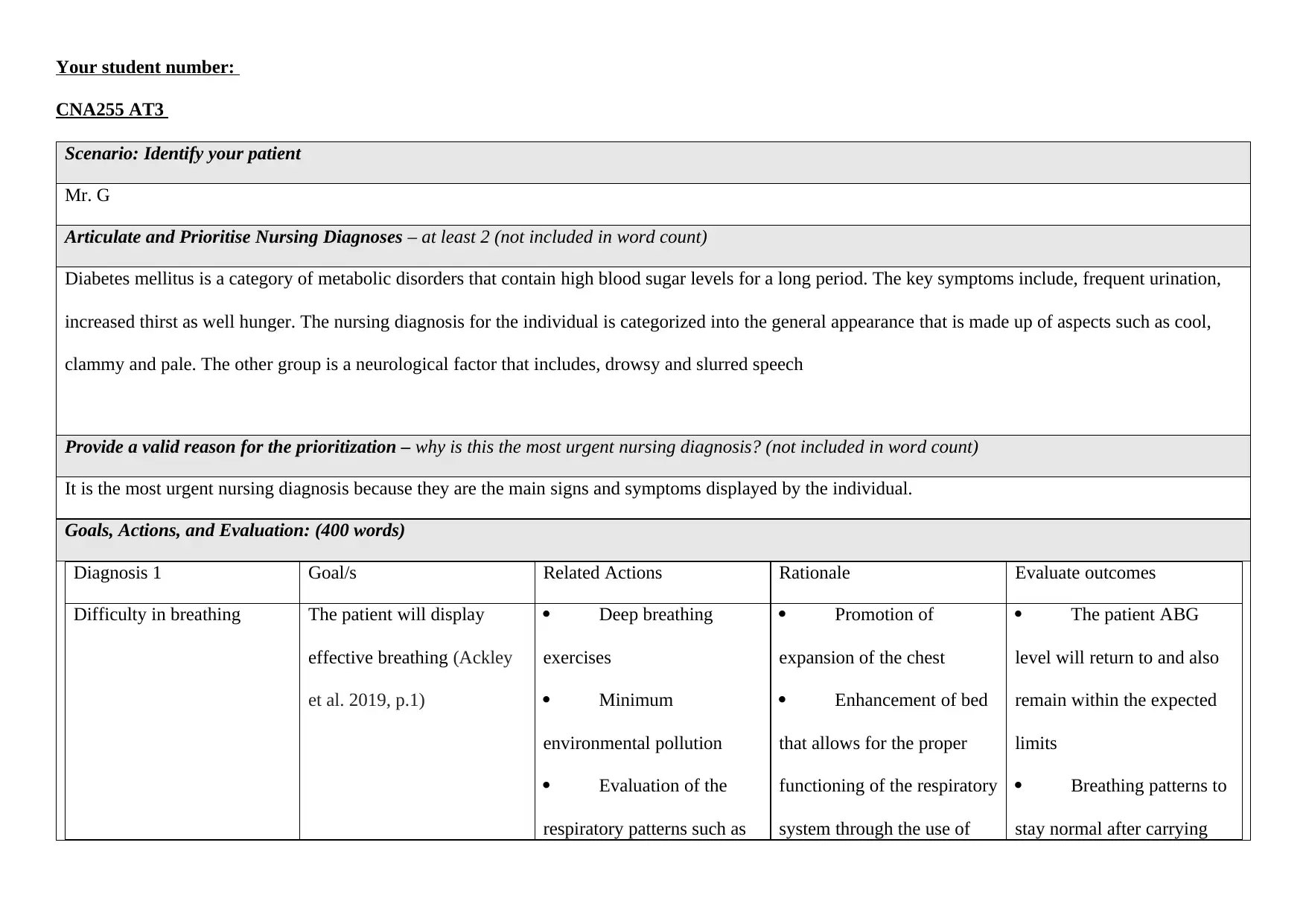
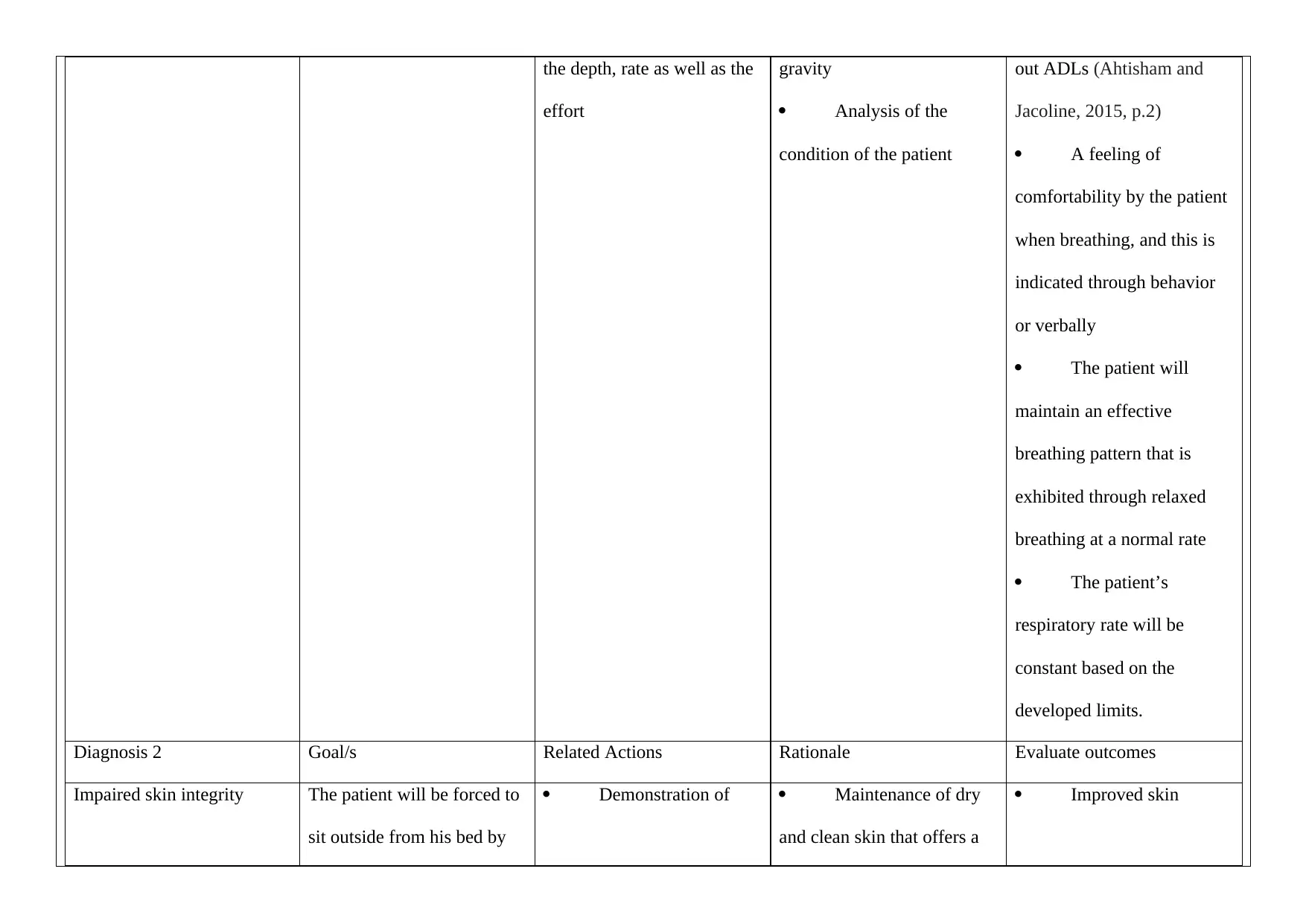
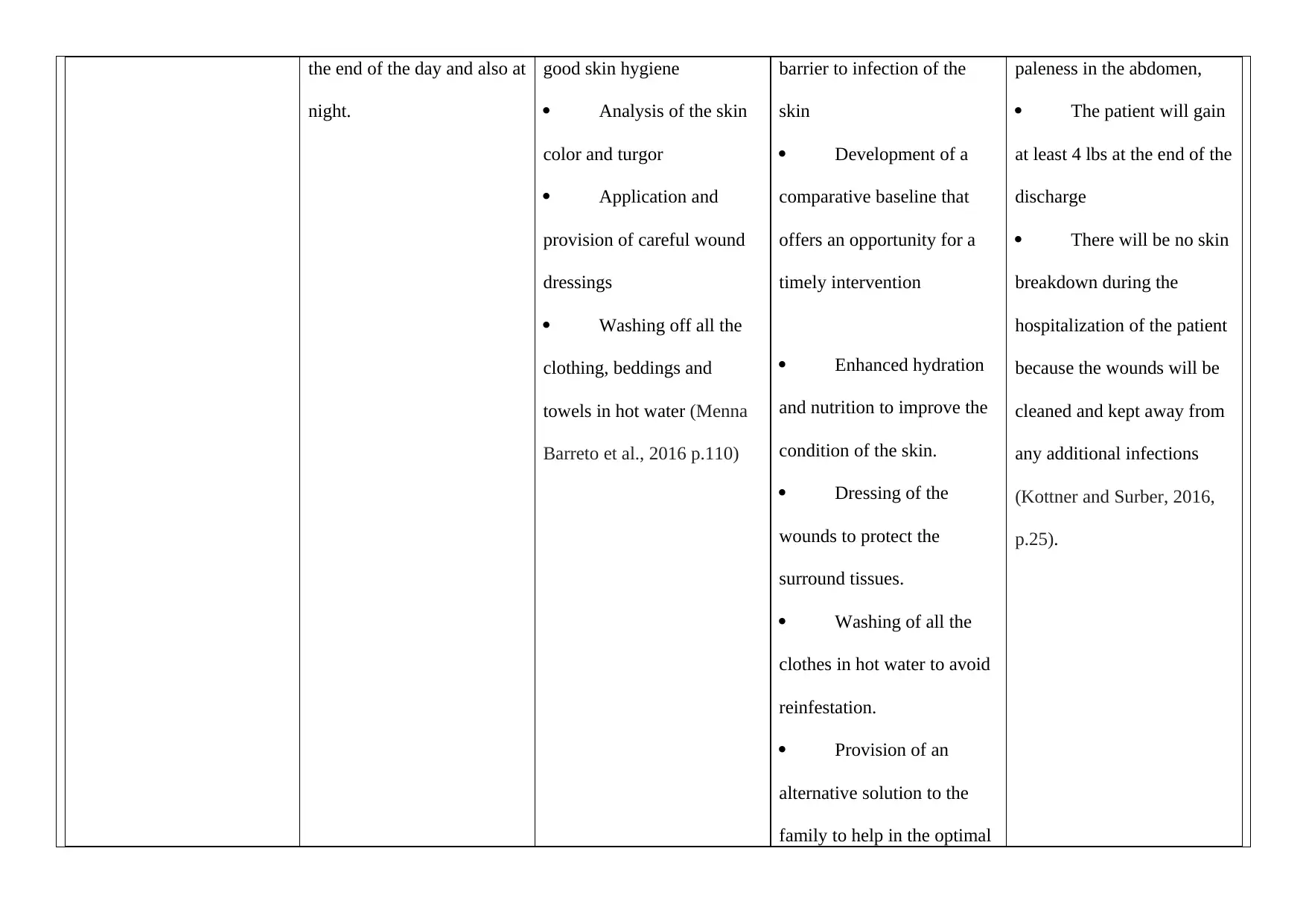

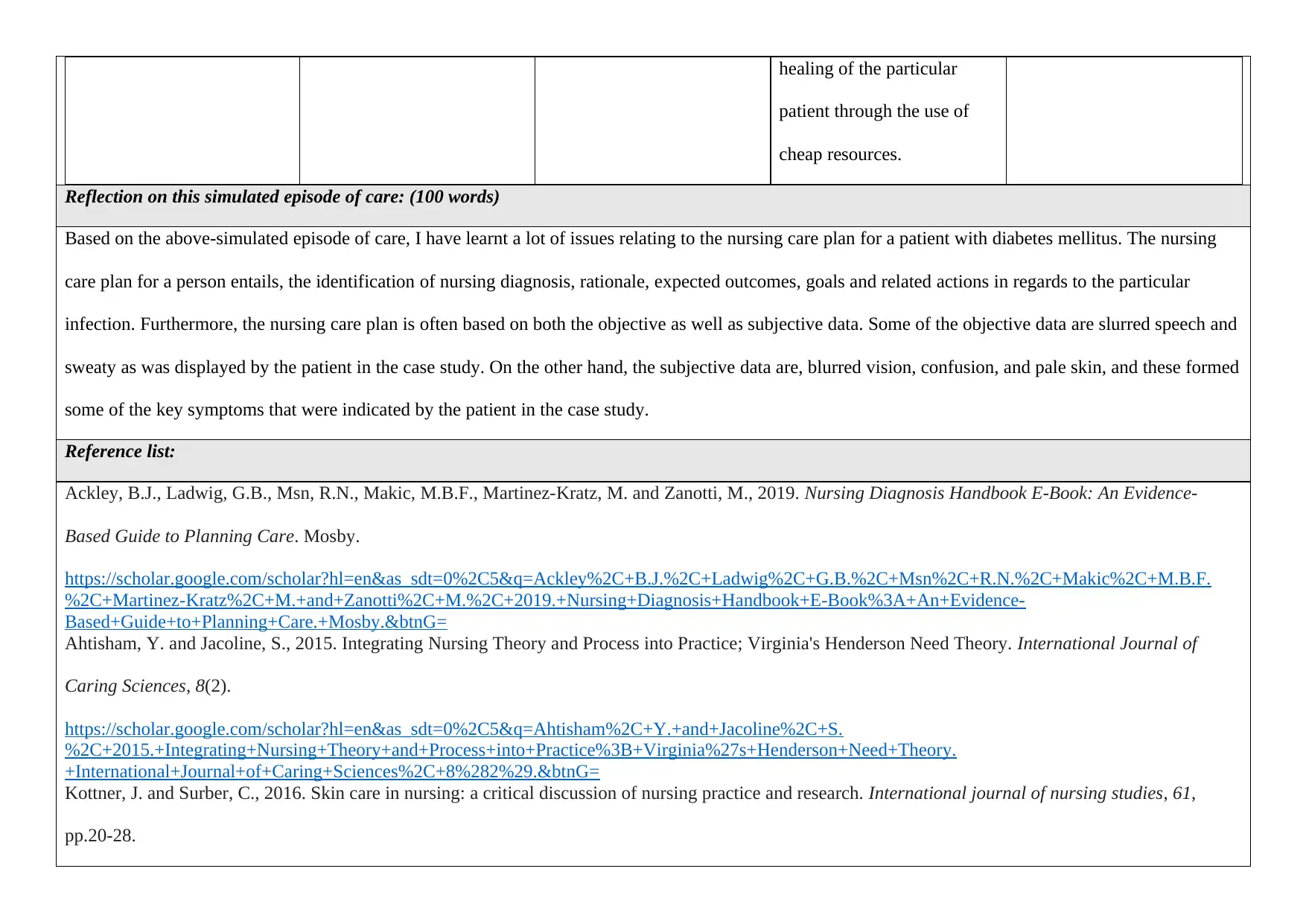
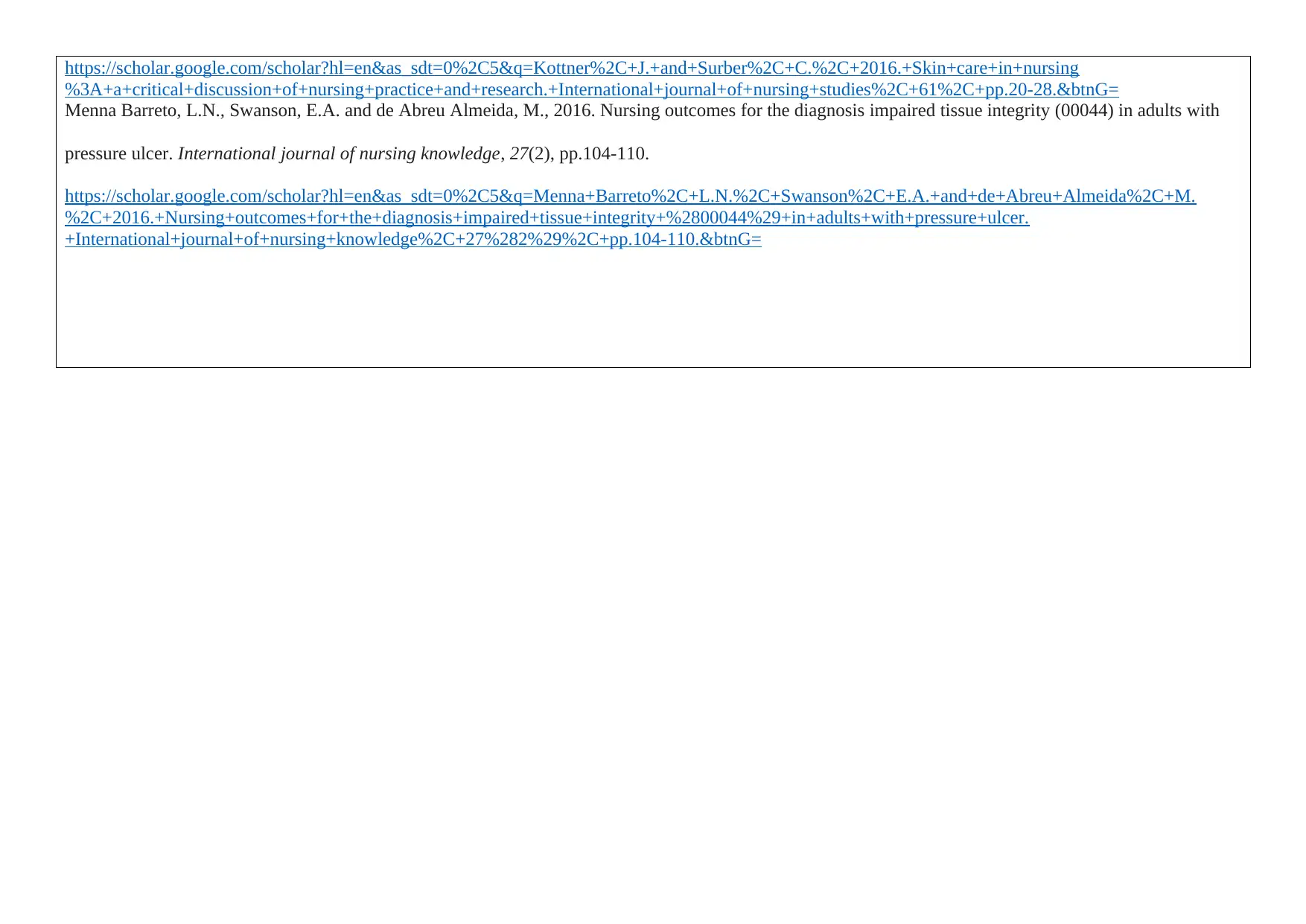



![[object Object]](/_next/static/media/star-bottom.7253800d.svg)